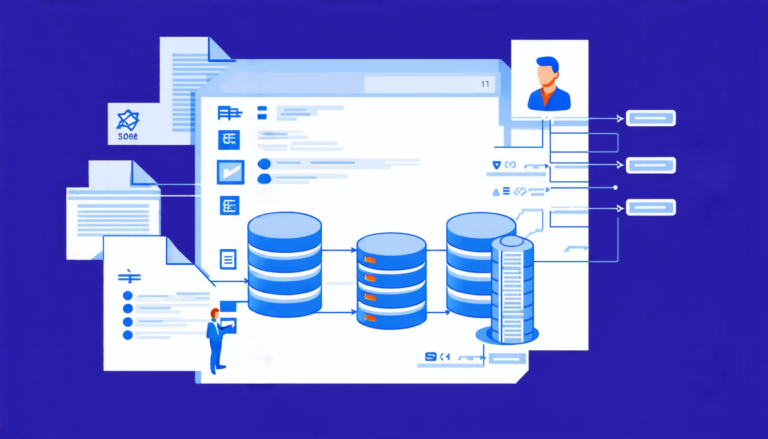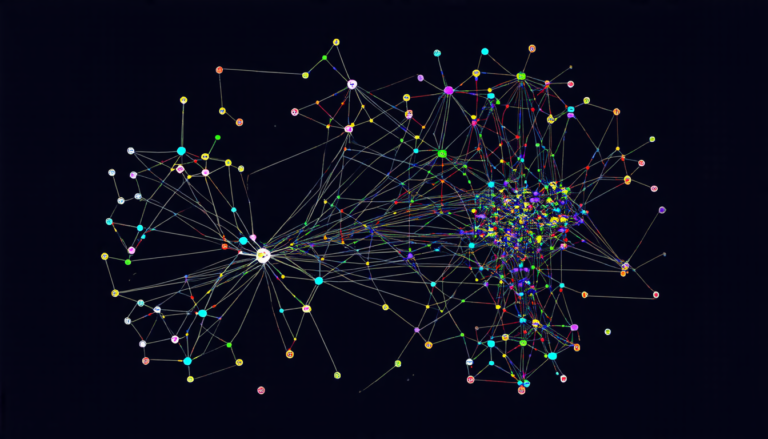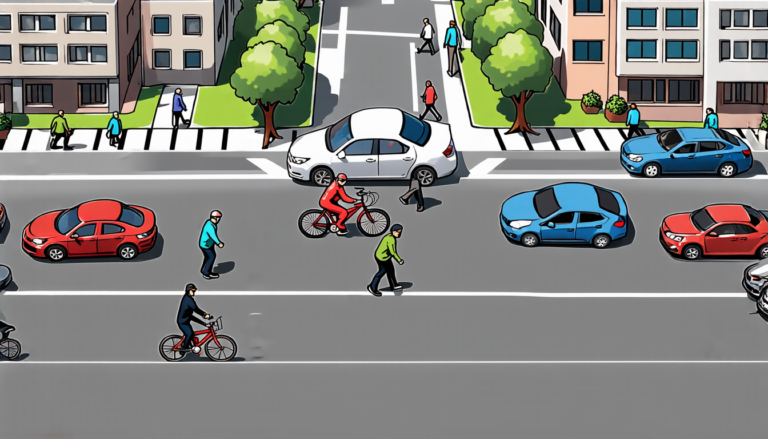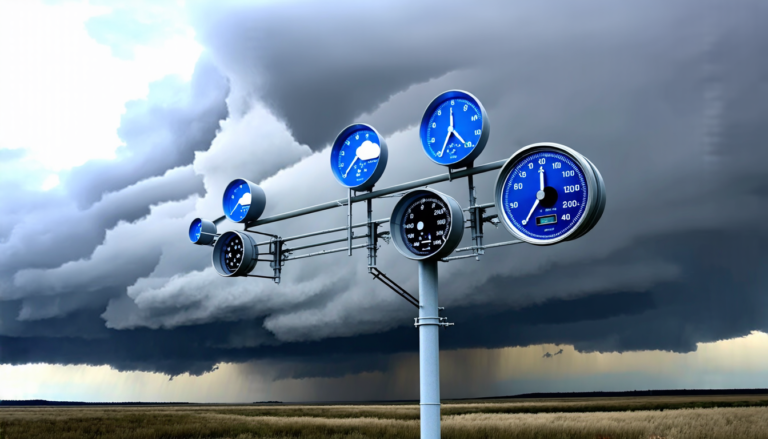Wednesday 16 April 2025
Scientists have made significant progress in developing multimodal large language models (mLLMs) that can accurately transcribe historical documents and extract relevant information from them. These models use a combination of computer vision, natural language processing, and machine learning to analyze images of old books and papers, and then generate text based on what they see.
One of the key challenges in this field is dealing with the complexities of historical typography and layout. Old books often feature intricate fonts, ornate illustrations, and complex page layouts that can make it difficult for machines to accurately read the text. To overcome these challenges, researchers have developed specialized algorithms that can recognize and interpret these unique features.
Another important aspect of mLLMs is their ability to correct errors in the original OCR (optical character recognition) output. This is particularly crucial when dealing with historical documents, where even small mistakes can significantly impact our understanding of the text. By using machine learning techniques to analyze the context and structure of the text, researchers can identify and correct errors that might have gone unnoticed otherwise.
One of the most exciting applications of mLLMs is their potential to help historians and researchers extract valuable insights from historical documents. For example, by using these models to automatically transcribe and analyze large collections of old books and papers, researchers can quickly identify patterns and trends that might have been difficult or impossible to spot manually.
Researchers have also used mLLMs to develop more advanced forms of OCR post-correction, which involve analyzing the original image of the document in addition to the text itself. This allows them to correct errors not just based on the context of the text, but also based on visual features such as font style and layout.
The potential applications of these technologies are vast, ranging from helping historians to better understand historical events and cultural movements, to assisting researchers in uncovering new insights into scientific and technological developments. By developing more accurate and sophisticated methods for transcribing and analyzing historical documents, scientists can help us gain a deeper understanding of the past and its impact on our present and future.
In addition to their potential applications in history and research, mLLMs also hold promise for use in other fields such as digital humanities and cultural heritage preservation. By developing more advanced forms of OCR post-correction, researchers can help preserve historical documents and make them more accessible to the public.
Overall, the development of multimodal large language models is an exciting area of research that has the potential to revolutionize our ability to understand and analyze historical documents.
Cite this article: “Unlocking the Secrets of Historical Documents: A Study on the Application of Large Language Models in Optical Character Recognition and Post-Correction”, The Science Archive, 2025.
Historical Documents, Multimodal Large Language Models, Machine Learning, Natural Language Processing, Computer Vision, Ocr Post-Correction, Typography, Layout, Digital Humanities, Cultural Heritage Preservation







